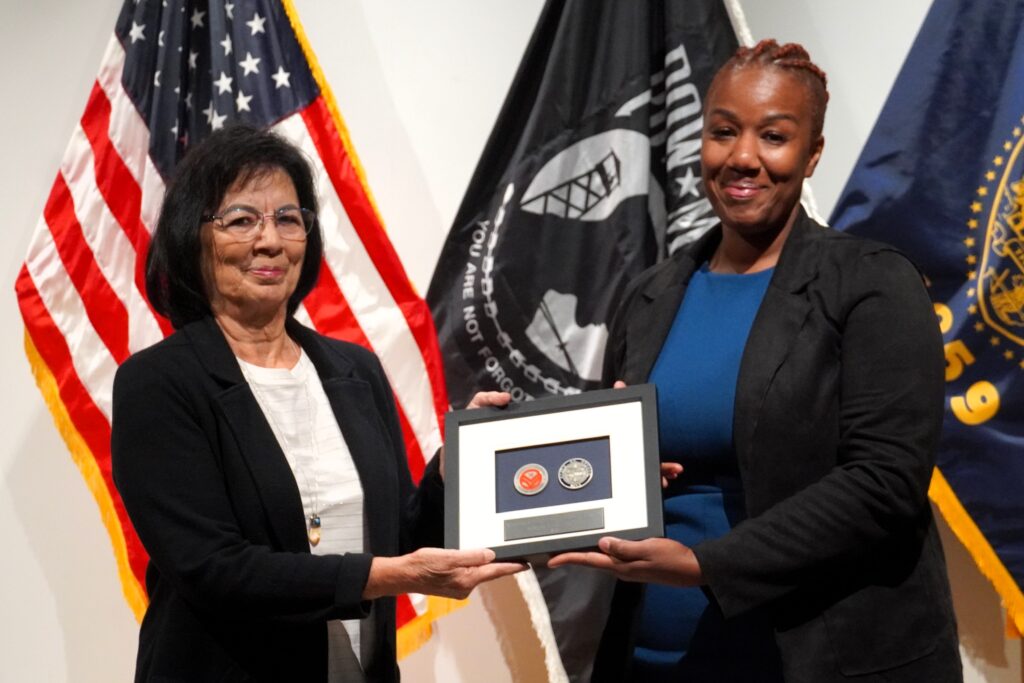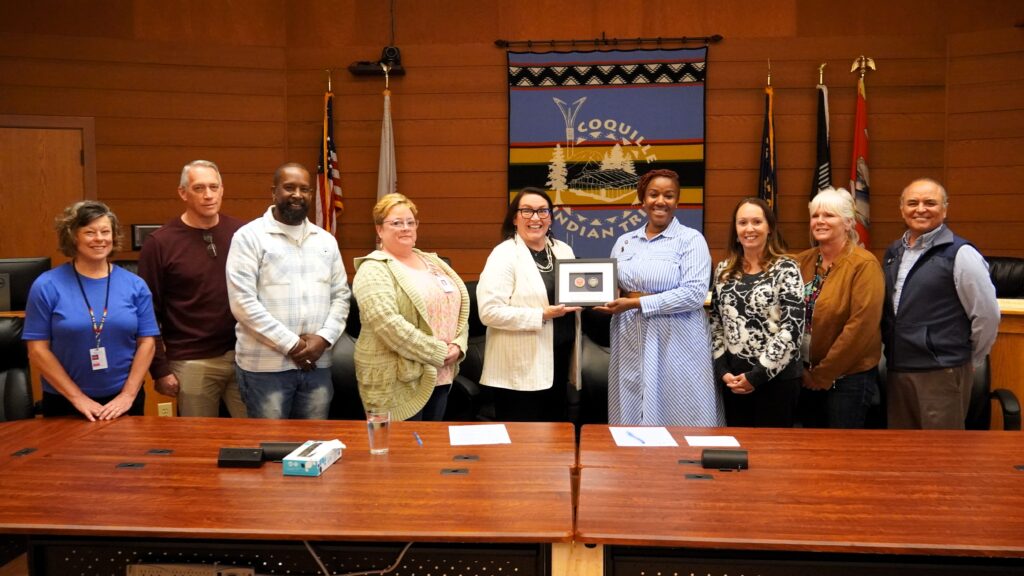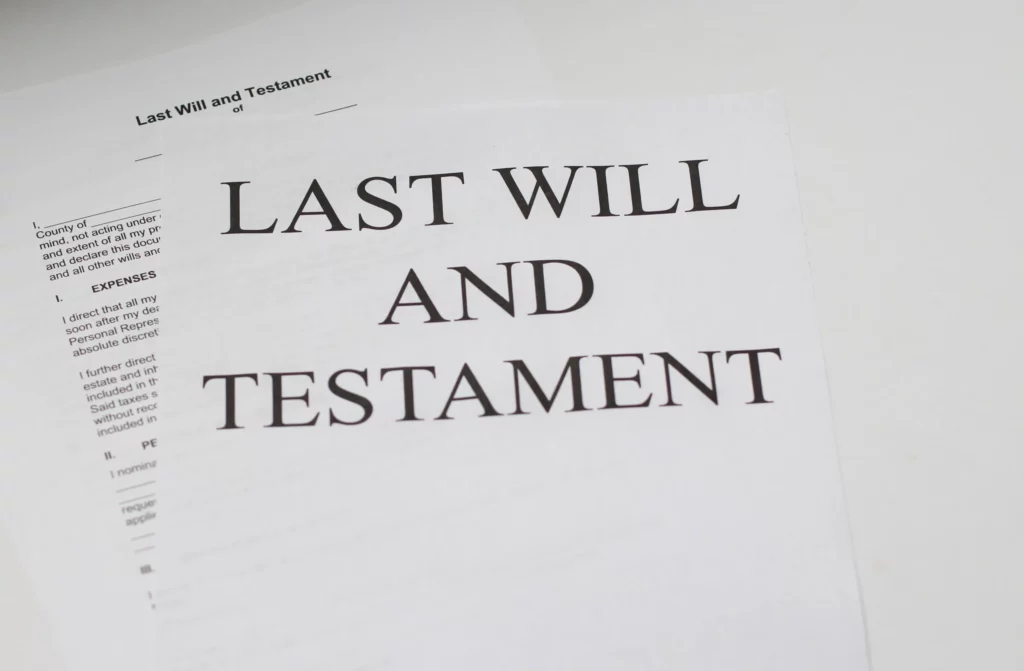![]()
When Congress in 2008 declared the Friday after Thanksgiving to be Native American Heritage Day, the resolution made only passing mention of why that timing made sense. It would “underscore the government-to-government relationship between the United States and Native American governments,” presumably due to the longstanding national myth of a first Thanksgiving marked by a peaceful alliance between European colonists and American Indians.
That reasoning was listed as the seventh point in favor of such a day. Much more prominent in the resolution — second only to the definition of what the House of Representatives meant by “Native American” — was the fact that the people who would be honored on the day “have volunteered to serve in the United States Armed Forces and have served with valor in all of the Nation’s military actions from the Revolutionary War through the present day, and in most of those actions, more Native Americans per capita served in the Armed Forces than any other group of Americans.”
In 2018, that important role in American history is especially relevant in the case of one particular war. Not only is November Native American Heritage Month and a time to give thanks; this year’s Nov. 11 Veterans Day observance also marked the centennial of the armistice that ended fighting in World War I.
Unlike the tale of the first Thanksgiving, this is a true story of Americans of European descent and Native Americans fighting side-by-side — and yet it’s often overlooked in popular narratives about
Views: 367




